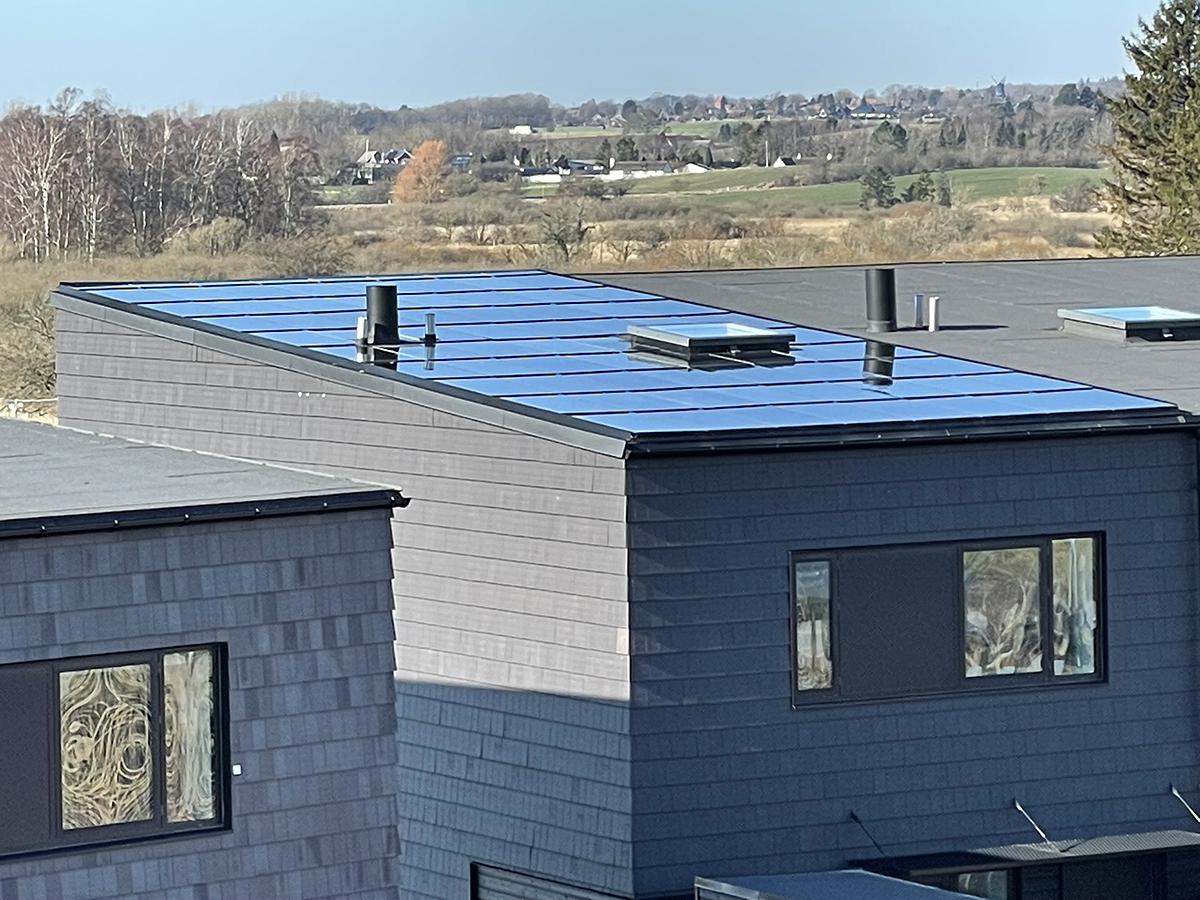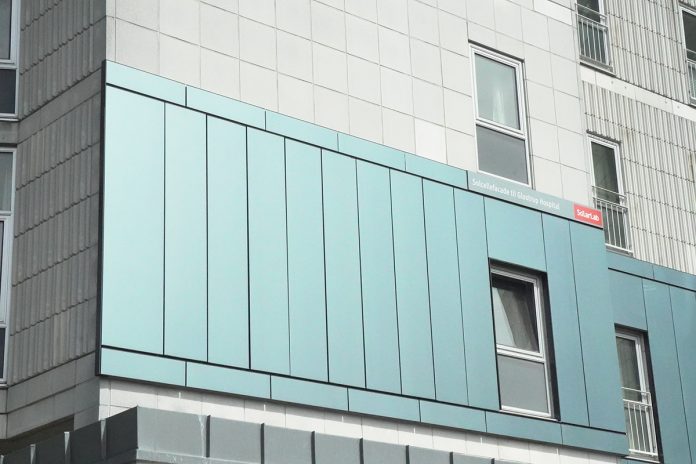Peder Vejsig Pedersen from European Green Cities turns the spotlight on energy-producing buildings and carbon zero city districts
The company “Energy Machines” has a long track record of realising solutions for large building projects based on the use of heat pumps. And recently, the company has achieved Original Equipment Manufacturers (OEM) status to sell and operate Danfoss Turbo Corr compressors.
The vision of “Energy Machines” is to realise “energy-producing buildings”, which combine an energy-efficient energy design with the use of renewable energy solutions in combination with integrated storage models, also utilising optimised control and Digital Twins.
An example of the vision is the realisation of a large IKEA store in the Northern Swedish city of Luleå, which only has an energy requirement of 5 kWh/m2 for cooling and heating yearly.
In connection with the establishment of “Energy Machines” in Denmark, it was decided to incorporate the Danish company Enopsol in 2021, which has long-term experience in realising Aquifer Thermal Energy Storage (ATES) systems into the portfolio of “Energy Machines”.
Energy optimisation of buildings & industries
“Energy Machines” now works on several projects in Denmark, including ATES in new and retrofit energy optimisation of buildings and industries, where the result can be annual energy usage of only 10 kWh/m2, which will make a DGNB platin energy certification possible for some of the buildings.
The Danish-supported “Smart Energy Green Cities” project involved cooperation, including European Green Cities as coordinator, which has recently been finalised with a similar approach. More information on this can be found at the website, www.carbonzerocities.dk, and in the project video, here.
As a follow up to this, the idea to develop a Carbon Zero Digital Platform towards minimising carbon emissions from city districts by using the available renewable energy sources has been presented by European Green Cities.
Here, photovoltaic or PV systems have an important role to play.
The latest IEA-PVPS report from the International Energy Agency (IEA) confirms that by the end of 2020, 1242 MWp local PV systems will have been installed, together with 383 MWp centrally placed PV systems in Denmark. This is equal to 278 Wp PV per inhabitant, where this figure is 649 Wp in our neighbour country, Germany. The result is that in comparison, in Denmark, 4.5% of yearly electricity use is covered by PV.
Compared to this, the Danish Engineering Association, IDA and Aalborg University suggest aiming for at least 5 GWp PV (5000 MWp) by 2030 in Denmark and 10 GWp in the year 2045, if zero-emission climate goals are met. With a level of new build housing in Denmark of 2,3 Mio. m2 per year and 5 kWp PV installed for each housing unit, it is then possible to realise 115 MWp PV per year, equal to 1,15 GWp during a period of 10 years. If a possible realisation of another 1,9 GWp PV for commercial and public buildings is added to this, it will be possible to reach around 3 GWp PV during 10 years of the mentioned 10 GWp PV during 2045. To this can be added a considerable amount for renovation projects and existing flat roofs, both of which can be carried out at very reasonable cost. The result is that the needed PV installations in the country site can be limited accordingly, and impressive business opportunities can occur.
Carbon Zero Label for city districts
It is suggested that the Carbon Zero Digital Platform introduces a Carbon Zero Label for city districts. And until now, is involved with cooperation partners other than European Green Cities, including Aalborg University (DK), Chalmers University (SE) and Hochschule Lucern (CH), all of who agree that a label is needed that leads users and operation staff to make the right decisions in their daily operations. With a label, users and operation staff are motivated to use and utilise the platform’s functions and to minimise the district’s carbon footprint. In addition to that, it is a way for owners to show that the district is being operated correctly. Annually, a rating for the district’s performance can be presented, for example, to receive continued green loans. See also www.carbonzerocities.dk with examples from Denmark.

Peder Vejsig Pedersen from European Green Cities has been a member and one of the initiators of the international Active House Alliance since it began in 2009, inspired by the work on the CO2 neutral Rooftop Housing Unit, SOLTAG from 2005. See www.activehouse.info.
In connection with this, the websites www.bæredygtigebygninger.dk, www.activehouseroofsandfacades.com, and www.activehouseBIPV.com have been used to communicate the needed mix of energy efficiency, renewable energy, indoor comfort and sustainability, which is presented with help from the developed Active House labelling scheme.
An example is that interesting results based on eight years of RTD work have recently been obtained concerning indoor comfort, f.ex. with a new type of automatic “Filter4ever” air cleaning equipment, which both can eliminate small particles and viruses in rooms.
Please note: This is a commercial profile
© 2019. This work is licensed under CC-BY-NC-ND.











